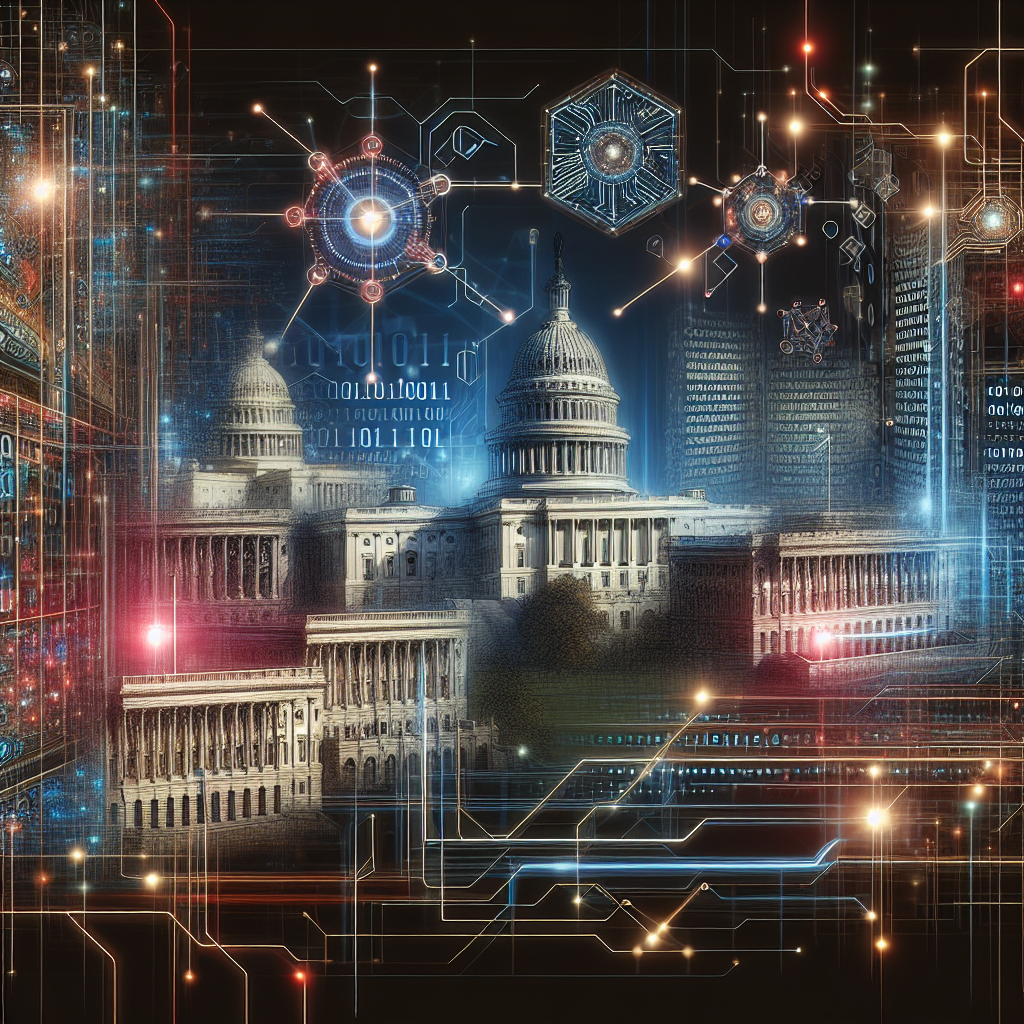In recent years, the use of artificial intelligence (AI) has become increasingly prevalent in various sectors, including government. One area where AI has shown significant promise is in resource allocation, where it can help optimize the distribution of resources to ensure maximum impact and efficiency. In this article, we will explore how AI can be leveraged for better resource allocation in government and the potential benefits it can bring.
What is resource allocation in government?
Resource allocation in government refers to the process of distributing limited resources, such as funding, personnel, and equipment, to different programs, projects, or departments. This process is crucial for ensuring that resources are used effectively to achieve the government’s goals and objectives.
Traditionally, resource allocation in government has been done through manual processes, which can be time-consuming and prone to errors. However, with the advancements in AI technology, governments can now leverage machine learning algorithms and data analytics to optimize resource allocation and make more informed decisions.
How can AI improve resource allocation in government?
AI can improve resource allocation in government in several ways:
1. Data-driven decision-making: AI can analyze vast amounts of data to identify patterns and trends that can inform resource allocation decisions. By using AI-powered analytics tools, governments can make data-driven decisions that are based on evidence rather than intuition.
2. Predictive modeling: AI can be used to develop predictive models that forecast future demand for resources. By analyzing historical data and trends, AI algorithms can anticipate where resources will be needed most and allocate them accordingly.
3. Real-time monitoring: AI can enable real-time monitoring of resource utilization and performance. By using sensors and IoT devices, governments can track the usage of resources in real-time and make adjustments as needed to ensure efficient allocation.
4. Optimization algorithms: AI can also help optimize resource allocation by developing algorithms that identify the most efficient ways to allocate resources. These algorithms can take into account various constraints and objectives to ensure that resources are allocated in the most effective manner.
5. Automating repetitive tasks: AI can automate repetitive tasks related to resource allocation, freeing up government employees to focus on higher-value activities. By automating routine tasks, governments can streamline the resource allocation process and improve operational efficiency.
What are the benefits of leveraging AI for resource allocation in government?
There are several benefits to leveraging AI for resource allocation in government:
1. Increased efficiency: AI can help governments allocate resources more efficiently by optimizing the allocation process and identifying areas where resources can be better utilized. This can help governments reduce waste and improve overall operational efficiency.
2. Cost savings: By optimizing resource allocation, governments can reduce costs associated with underutilized resources or inefficient allocation practices. AI can help governments identify cost-saving opportunities and make informed decisions to maximize the impact of resources.
3. Improved decision-making: AI can provide governments with valuable insights and predictive analytics to support decision-making related to resource allocation. By leveraging AI-powered tools, governments can make more informed decisions that are based on data and evidence.
4. Enhanced transparency: AI can enhance transparency in resource allocation by providing visibility into the decision-making process and the factors that influence resource allocation decisions. This can help build trust with stakeholders and ensure accountability in the allocation of resources.
5. Better outcomes: By optimizing resource allocation, governments can improve outcomes and achieve better results for citizens. AI can help governments prioritize resources based on need and impact, leading to more effective programs and services.
FAQs:
1. How can governments ensure that AI is used ethically in resource allocation?
Governments can ensure that AI is used ethically in resource allocation by establishing clear guidelines and regulations for the use of AI technology. This can include implementing transparency measures, conducting regular audits, and ensuring that AI algorithms are fair and unbiased. Governments should also prioritize the privacy and security of data used in AI applications to protect citizens’ rights.
2. What are the potential challenges of using AI for resource allocation in government?
Some potential challenges of using AI for resource allocation in government include data privacy concerns, algorithm bias, and the need for skilled personnel to manage AI systems. Governments must address these challenges by implementing robust data protection measures, ensuring algorithm accountability, and investing in training programs for employees.
3. How can governments measure the impact of AI on resource allocation?
Governments can measure the impact of AI on resource allocation by tracking key performance indicators (KPIs) related to efficiency, cost savings, decision-making, and outcomes. By monitoring these metrics, governments can evaluate the effectiveness of AI-powered resource allocation and make adjustments as needed to optimize results.
In conclusion, leveraging AI for better resource allocation in government can lead to increased efficiency, cost savings, improved decision-making, transparency, and better outcomes for citizens. By harnessing the power of AI technology, governments can optimize the allocation of resources and ensure that they are used effectively to achieve their goals and objectives.

